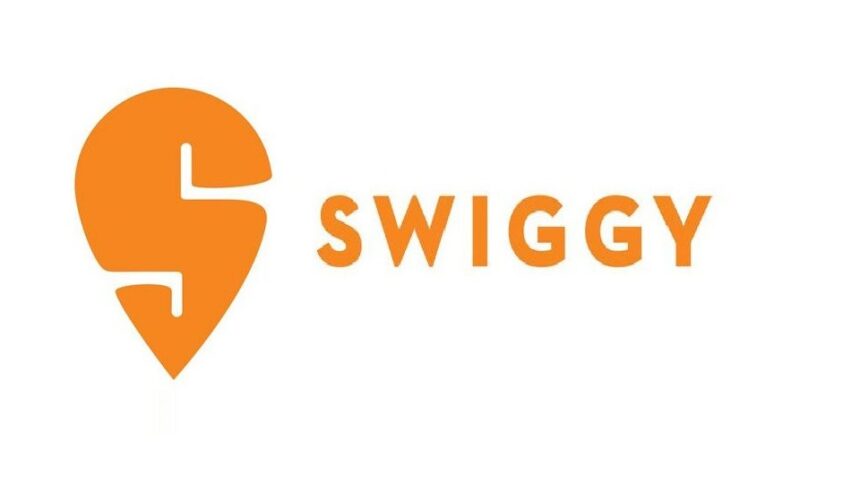Swiggy stock suffered a steep decline of 5.64% in intraday trading on Friday, April 25, dropping to ₹321.40 per share—its lowest level in a week. This sharp dip marks Swiggy’s biggest one-day fall since February 14, signaling increased nervousness among investors.
The recent slide in Swiggy stock comes amid heightened market speculation around the expiration of the lock-in period for pre-IPO investors, which is set to end on May 12, 2025. As per SEBI rules, non-promoter shareholders who invested before the IPO are subject to a six-month lock-in period. Once it expires, over 83% of Swiggy’s shareholding will be available for secondary market trading from May 13, potentially flooding the market with shares.
Domestic brokerage JM Financial highlighted this in a recent note, cautioning that many early investors are sitting on multi-fold gains. Although some investors took partial exits during the IPO, a substantial portion of those holdings remain untouched. With the lock-in nearing its end, concerns are mounting about a possible wave of selling pressure, which could weigh on Swiggy stock further in the short term.
Instamart Losses and Competitive Headwinds Add to Pressure
Adding to investor jitters is Swiggy’s performance in its quick commerce arm, Instamart. According to JM Financial’s projections, adjusted EBITDA losses in Instamart are expected to widen from ₹5.8 billion in Q3 to ₹7.8 billion in Q4. This increase is primarily attributed to a surge in dark store openings and intensifying competitive activity, both of which are driving up fixed costs.
Despite near-term challenges, JM Financial maintains a ‘Buy’ rating on Swiggy stock, with a target price of ₹500. The brokerage believes that while volatility could persist in the near term, long-term investors confident in India’s hyperlocal delivery market may find this to be a strategic entry point.
The firm also expects a turnaround in the long run. Losses are projected to shrink significantly starting in Q1FY26, although the heavy base of fixed costs suggests that a full recovery to adjusted EBITDA breakeven may take longer.
Diverging Views Among Brokerages on Swiggy’s Future
While JM Financial remains bullish, not all brokerages share this optimism. Ambit Capital recently initiated coverage on Swiggy with a ‘Sell’ rating and a target price of ₹310 per share, slightly below its current trading levels. The brokerage noted that Swiggy, once a pioneer in the food delivery space, has now slipped into the role of a challenger—ranking second in food delivery and third in quick commerce.
Ambit estimates that Swiggy lags Zomato in profitability by 6 to 12 quarters. It forecasts food delivery market share stabilizing around 42%, with adjusted EBITDA margins improving to 5% of average order value (AOV) by FY40—double the current margin but still a long road ahead.
The firm is particularly cautious about Swiggy’s quick commerce ambitions, citing limited catchment areas (30–50 major cities), overestimated advertising revenue, and sustained competitive threats as key concerns that could hinder growth.
Adding to the cautious sentiment, BofA Securities downgraded its rating on Swiggy stock from ‘Buy’ to ‘Underperform’, cutting the price target from ₹420 to ₹325. Macquarie has also expressed scepticism about Swiggy’s near-term trajectory, maintaining a conservative outlook.
Outlook: Caution Ahead for Swiggy Stock Investors
With the lock-in expiry date drawing closer and quick commerce losses expected to expand, Swiggy stock could face further headwinds in the coming weeks. While some analysts see this as a temporary phase in the company’s long-term journey, others point to structural challenges in a highly competitive market.
For investors, the path ahead for Swiggy stock may be marked by short-term volatility but also strategic opportunities, especially for those with confidence in the broader food delivery and quick commerce segments in India.
For more business new follow 10X Times.






